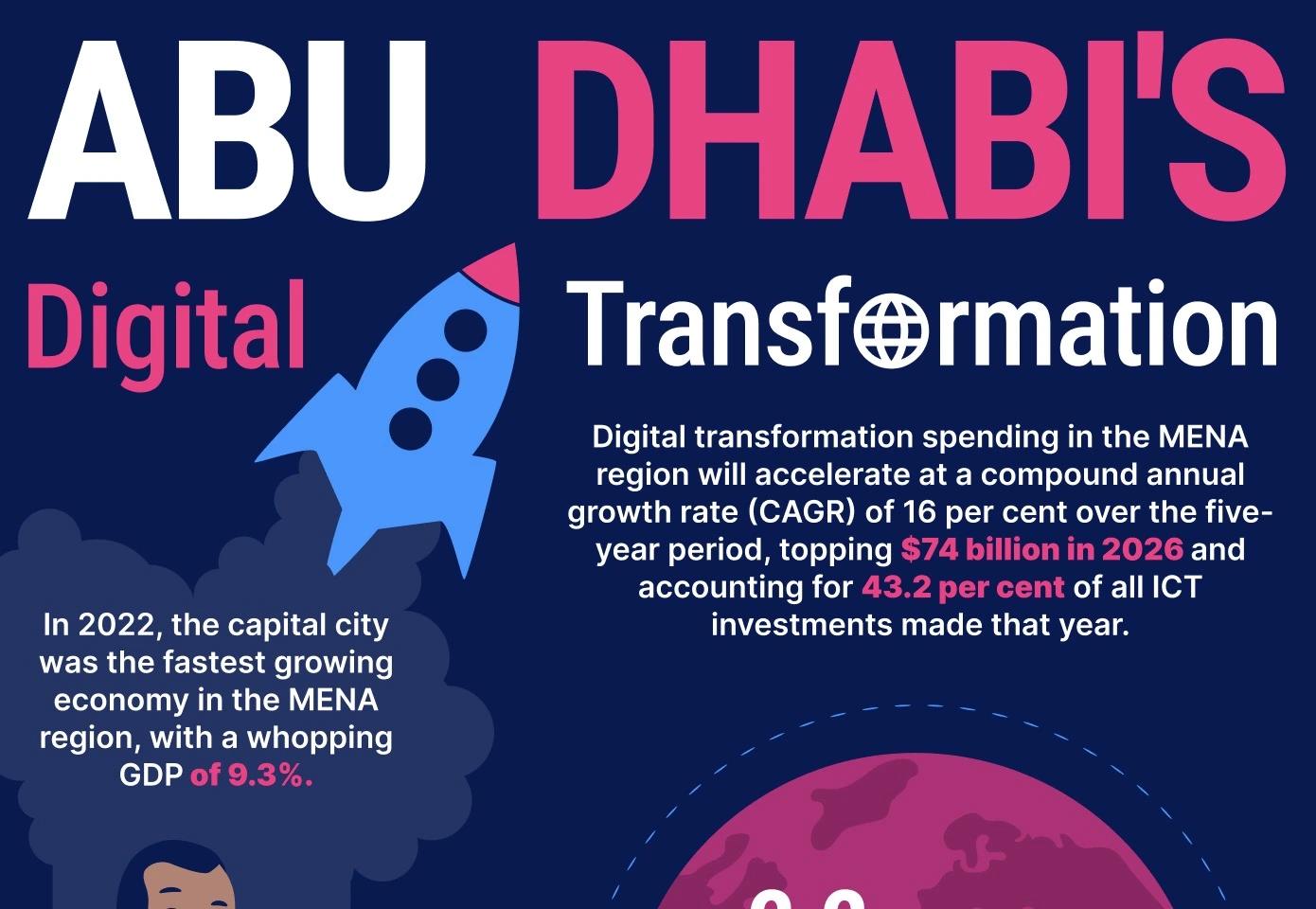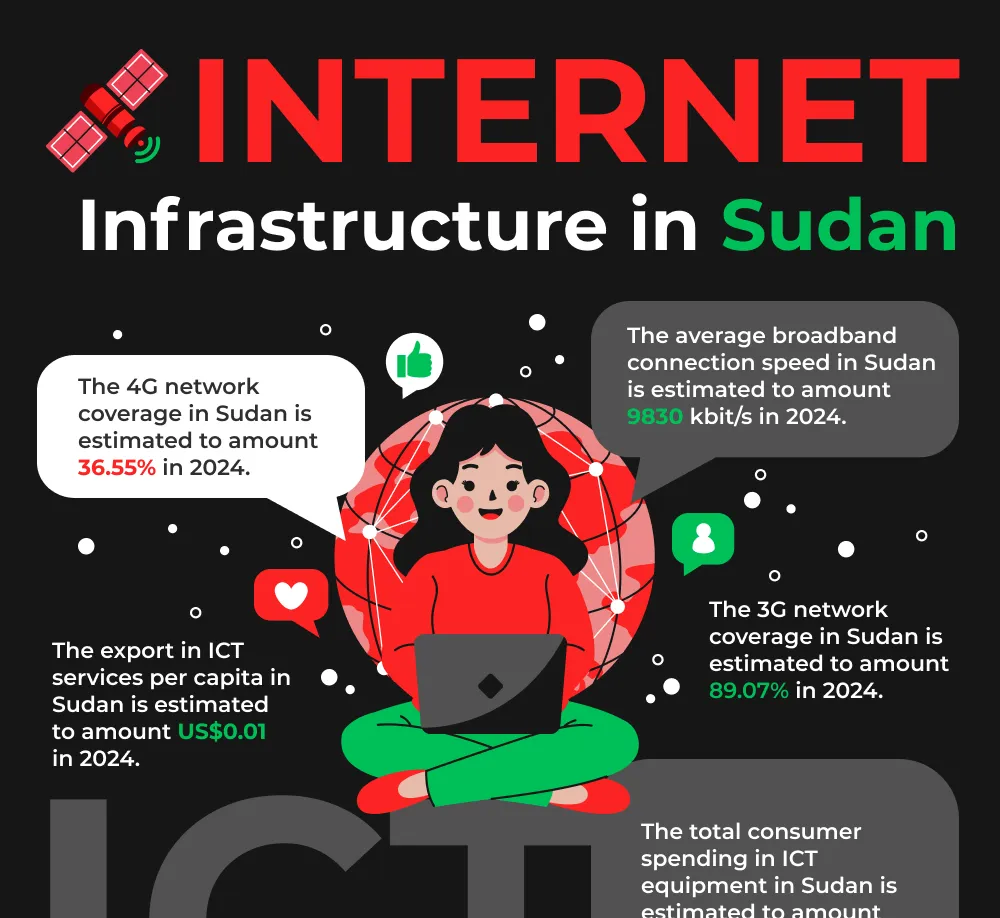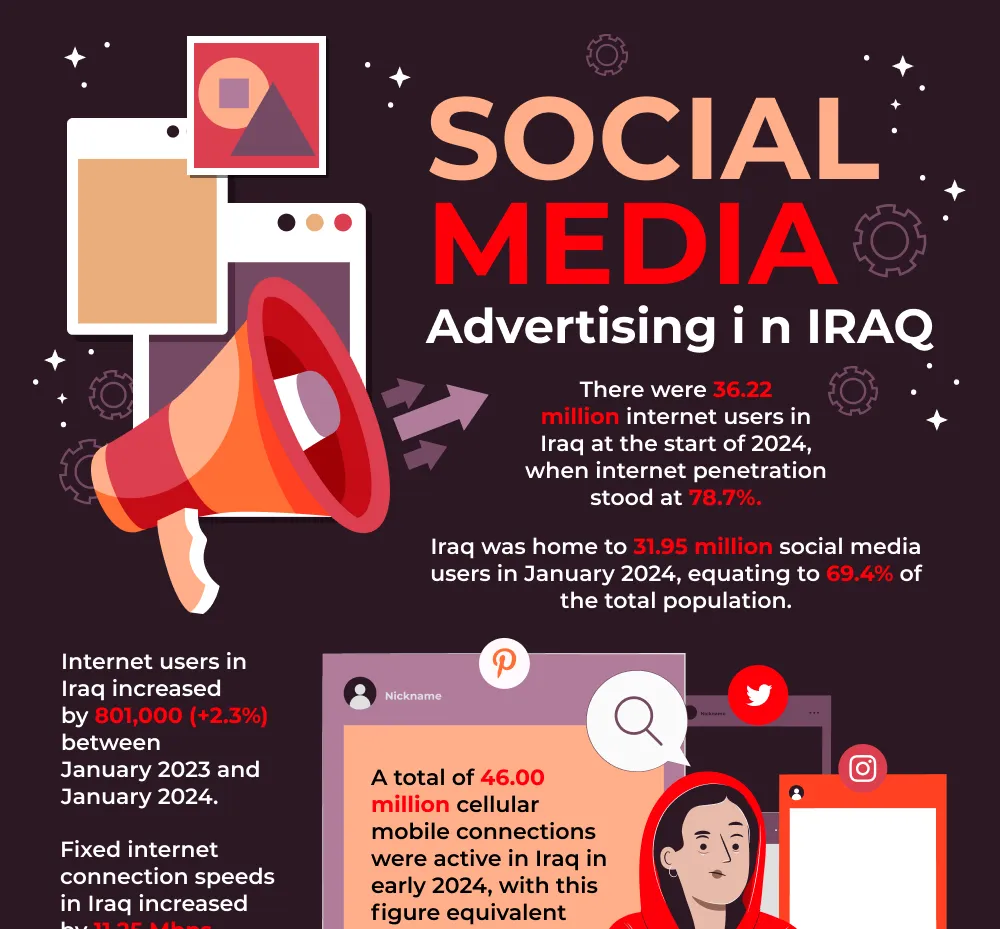When you start a new eCommerce business you have two options to get started. On the one hand you could head towards a marketplace where the site owner prepared a lot of things for you. On the other hand, you could start your own website with the help of a platform provider like shopify or BigCommerce.
There are more than one hundred marketplaces available and the greatest and most visited by far is amazon. Amazon will reach 47% of U.S. eCommerce retail market in 2020 alone. And amazon the place to go first when you’re looking to buy something. So, it is no surprise that of the top 100 marketplaces only 5 grossing between 50 and 100 billion U.S. Dollars or more.

Infographics by GO-Globe Web Design Sanaa
From the platform providers for individual websites, there is shopify as a leader. On shopify there are 500,000 active stores with more than 40 billion U.S. Dollars worth of sales. And shopify is only the most successful of 26 top level platforms to choose from. These platforms offer shop owners to build a strong Branding and reputation.
There are pro and con of marketplaces and platforms. With marketplaces offering fast launch times, established programs to rely upon, and a large customer base. And platforms being low cost and giving a lot of control to the shop owner.








